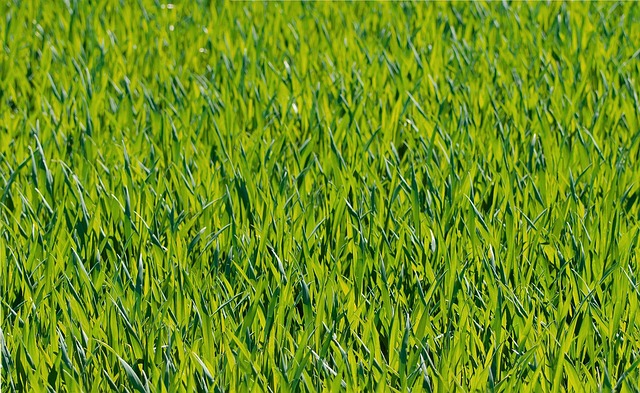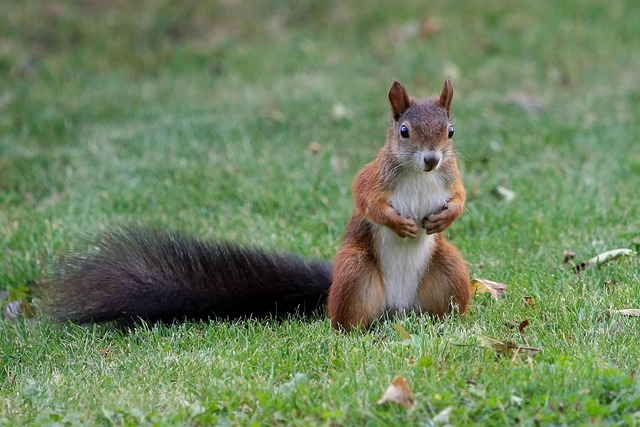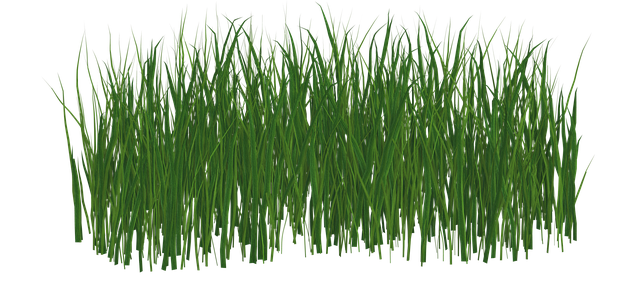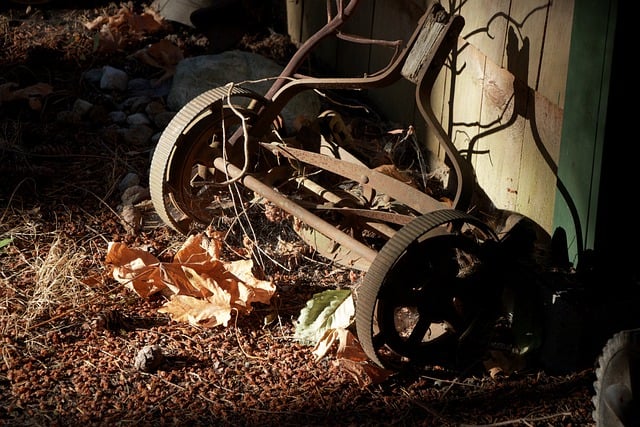Eco-safe lawn care in Wheat Ridge focuses on sustainable practices like tailored herbicide application for right-of-way vegetation, minimising harmful chemicals. This approach uses organic fertilisers and native grass species to enhance soil health, reduce the carbon footprint, and protect local ecosystems. By selecting low-impact herbicides and employing precise techniques, professional applicators ensure effective weed control without contaminating water sources or harming beneficial insects. Adopting these natural solutions benefits both the environment and community health in Wheat Ridge's urban landscapes.
In an era where environmental consciousness is paramount, adopting eco-safe lawn solutions has become a responsible choice. This article explores the transformative power of ‘green’ lawn care practices, focusing on effective yet benign methods for managing right-of-way vegetation in Wheat Ridge. We delve into the benefits of natural solutions, highlighting their positive impact on both the environment and community health. Understanding eco-safe herbicide application can be the first step towards a healthier, more sustainable landscape.
- Understanding Eco-Safe Lawn Care: A Green Approach to Maintenance
- Herbicide Application: The Safe and Effective Way for Right-of-Way Vegetation Management in Wheat Ridge
- Benefits of Natural Solutions: Enhancing the Environment and Community Health
Understanding Eco-Safe Lawn Care: A Green Approach to Maintenance

Eco-safe lawn care is a holistic approach to maintaining lush, healthy grass while minimising environmental impact. It involves adopting sustainable practices that reduce reliance on harmful chemicals and promote ecological balance. In Wheat Ridge, for instance, herbicide application for right-of-way vegetation can be tailored to target specific weeds without damaging nearby plants or contaminating water sources. This method, when used responsibly, offers an effective yet eco-conscious solution for weed control.
By embracing green techniques, lawn care professionals and homeowners can contribute to preserving local ecosystems. Organic fertilisers, native grass species, and regular aeration are some of the practices that form the backbone of this approach. These methods enhance soil health, encourage biodiversity, and reduce the carbon footprint associated with traditional lawn maintenance, making it a sustainable choice for those seeking to beautify their outdoor spaces while preserving the environment.
Herbicide Application: The Safe and Effective Way for Right-of-Way Vegetation Management in Wheat Ridge

In Wheat Ridge, managing vegetation along rights-of-way presents a unique challenge due to urban density and environmental considerations. Herbicide application emerges as a safe and effective solution for controlling right-of-way vegetation. It offers a targeted approach, minimizing harm to desirable turfgrass while swiftly eliminating unwanted weeds and brush. The use of eco-safe herbicides, carefully selected based on their low environmental impact, ensures the preservation of local ecosystems and water quality.
Professional applicators play a crucial role in ensuring herbicide application is conducted responsibly. They employ precise techniques, carefully following label instructions to prevent off-target movement of chemicals. By adhering to best practices, these experts contribute to the overall health and aesthetics of Wheat Ridge’s urban landscapes, maintaining a balanced ecosystem within shared public spaces.
Benefits of Natural Solutions: Enhancing the Environment and Community Health

The adoption of natural solutions for lawn care offers a multitude of benefits, especially when considering the environment and community health. By opting for eco-safe methods, homeowners and businesses in Wheat Ridge can significantly reduce the impact of their landscaping on the local ecosystem. One notable advantage is the elimination of harmful chemical herbicide applications, which are often used for right-of-way vegetation management. These chemicals can contaminate water sources, harm beneficial insects, and contribute to air pollution, posing risks to both human health and the surrounding flora and fauna.
Natural solutions provide a safer alternative. Organic methods, such as manual weeding, targeted biological controls, and precision herbicide applications (when necessary and responsibly managed), promote a healthier balance in the ecosystem. They encourage biodiversity by supporting native plant species, which are often more resilient and require less maintenance. This approach not only enhances the overall beauty of landscapes but also contributes to a cleaner, greener environment, benefiting both the community and the natural world around them.
In conclusion, adopting eco-safe lawn solutions, such as the strategic herbicide application discussed for managing right-of-way vegetation in Wheat Ridge, represents a harmonious blend of environmental stewardship and community health. By prioritizing natural methods and minimizing chemical use, we can achieve lush, healthy lawns while preserving biodiversity and reducing ecological impact. This approach not only benefits local ecosystems but also fosters a more sustainable and vibrant community.
